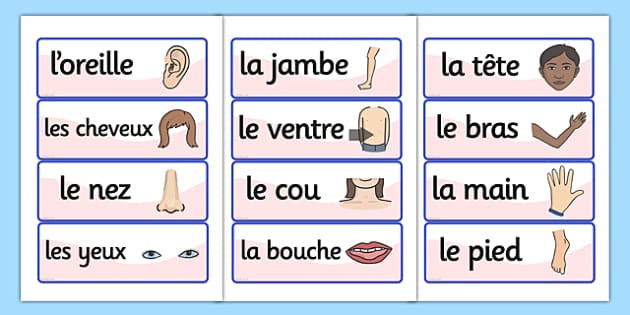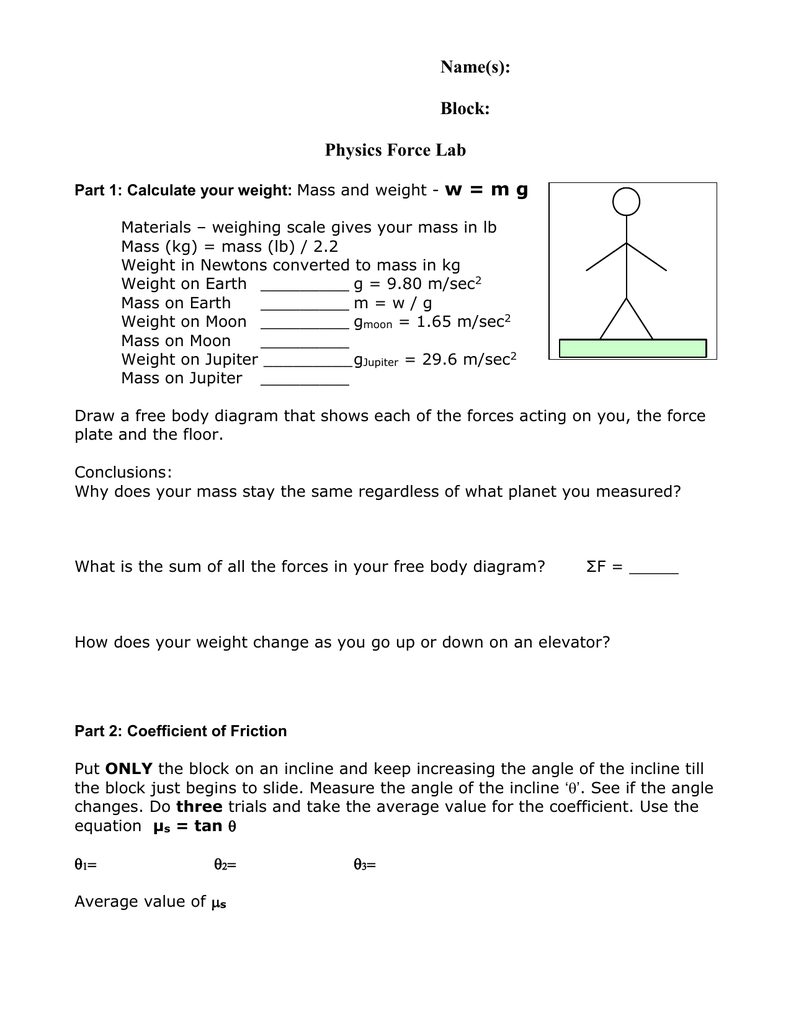

Pressure volume diagram - Thermodynamics … Wikipedia Gibbs free energy - Thermodynamics … Wikipedia Shear and moment diagram - Shear and bending moment diagrams are analytical tools used in conjunction with structural analysis to help perform structural design by determining the value of shear force and bending moment at a given point of an element. A diagram is a two dimensional geometric symbolic representation of information according to some visualization technique. The object doesn t have to be … Wikipediaĭiagram - free body diagram … Mechanics glossaryĭiagram - Further information: Chart Sample flowchart representing the decision process to add a new article to Wikipedia. Free body diagrams are helpful in applying Newton s 2nd Law of motion to objects … Mechanics glossaryįree body - is the generic term used by physicists and engineers to describe some thing mdash be it a bowling ball, a spacecraft, pendulum, a television, or anything else mdash which can be considered as moving as a single unit. * It contains a coordinate system that can be used when describing the vectors.įree body diagram - a schematic isolating an object (or part of an object) from its environment for the purpose of revealing all external forces and moments acting on the object. * The force vectors show direction and point of application and are labeled with their magnitude. These include::* "mg": the product of the blocks mass and the constant of gravitation acceleration: its weight.:* "N": the normal force of the ramp.:* "F f": the friction force of the ramp. * All external supports and structures have been replaced by the forces they generate. The force of gravity will still have components in both the "x" and "y" direction: "mg"sin(theta) in the "x" and "mg"cos(theta) in the "y", where theta is the angle between the ramp and the horizontal.Ī simple free body diagram, shown above, of a block on a ramp illustrates this. In that case the friction force only has an "x" component, and the normal force only has a "y" component. The "x" direction might be chosen to point down the ramp in an inclined plane problem, for example.

This may make defining the vectors simpler when writing the equations of motion. The FBD of the ball only includes the force that the table causes on the ball.Ī coordinate system is usually included, according to convenience. For example, if a ball rests on a table, the ball applies a force to the table, and the table applies an equal and opposite force to the ball. Each vector should point in the direction of the force it represents, and be labeled with the magnitude of that force.įorces which the free body applies to other objects are not included. When in a non-inertial reference frame, fictitious forces may be appropriate. These may include forces such as friction, gravity, the normal force, drag, or simply contact force due to pushing. Only the forces acting on the object are included. To the extent possible or practical, the vectors should indicate the point of application of the force they represent. The vectors show the direction and magnitude of the various forces. All external contacts and contraints are left out.Īll external contacts, constraints, and body forces are replaced by vectors, representing the different forces acting on the object. The free body diagram starts with a sketch or just an outline of the free body. Title = Engineering Mechanics: Statics & Dynamics Title = Introduction to Statics and Dynamics The diagrams are also used as a conceptual device to help identify the internal forces, (for example shear forces and bending moments in beams), which are developed within structures. Creating a free body diagram can make it easier to understand the forces, and moments, in relation to one another and suggest the proper concepts to apply in order to find the solution to a problem. Drawing such a diagram can aid in solving for the unknown forces or the equations of motion of the body.

It shows all contact and non-contact forces acting on the body. A free body diagram is a pictorial representation often used by physicists and engineers to analyze the forces acting on a free body.


 0 kommentar(er)
0 kommentar(er)
